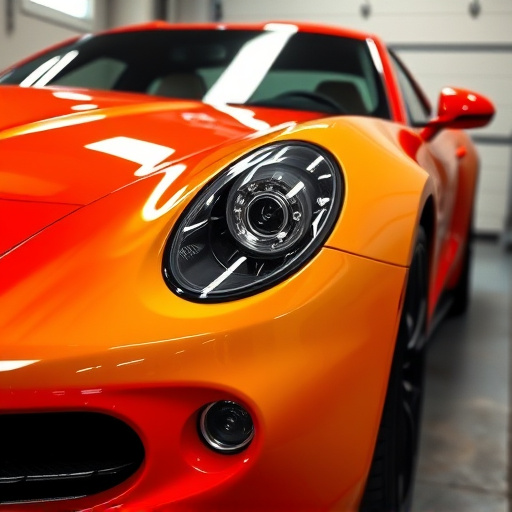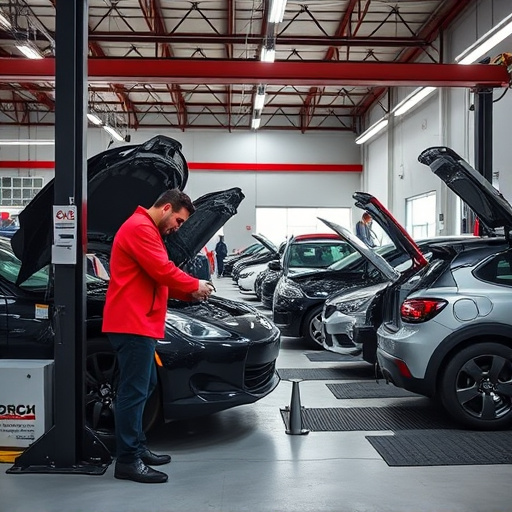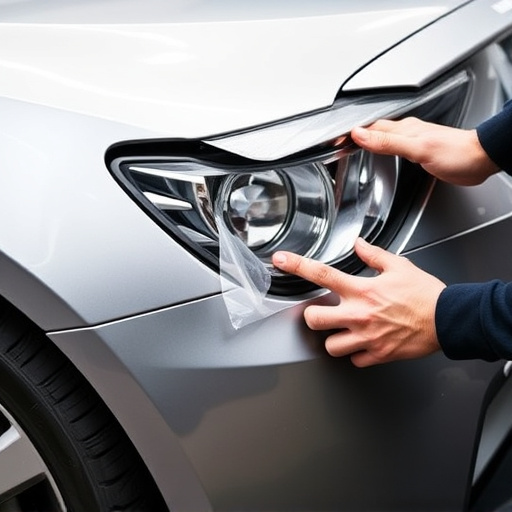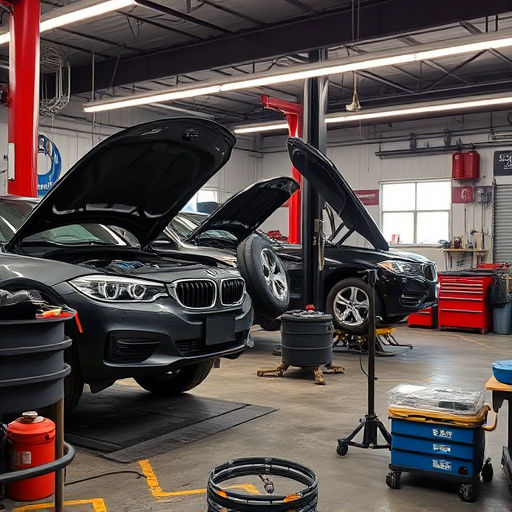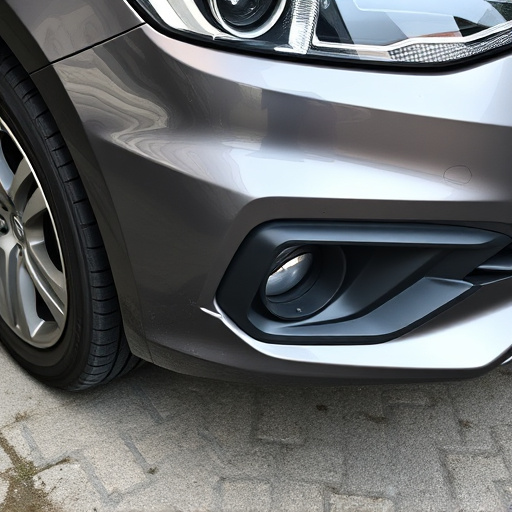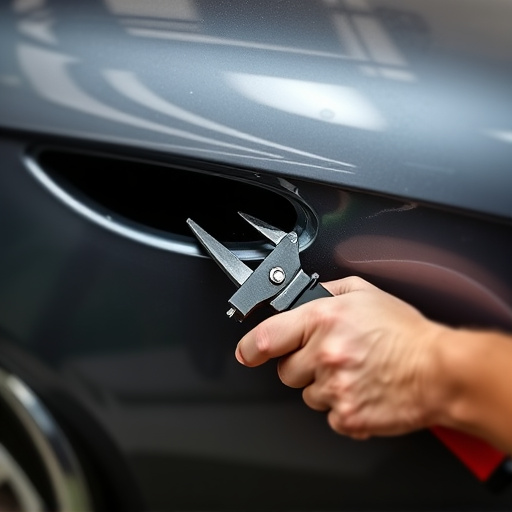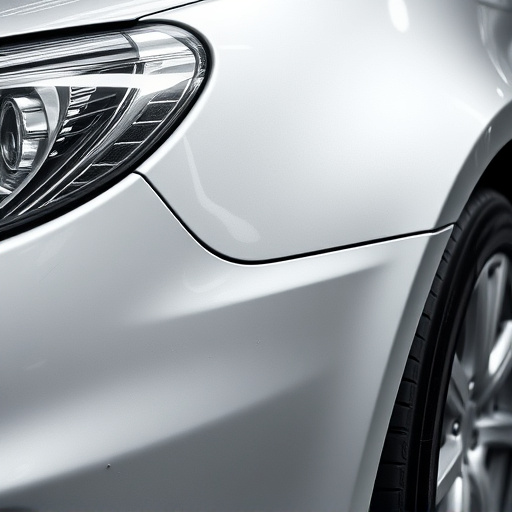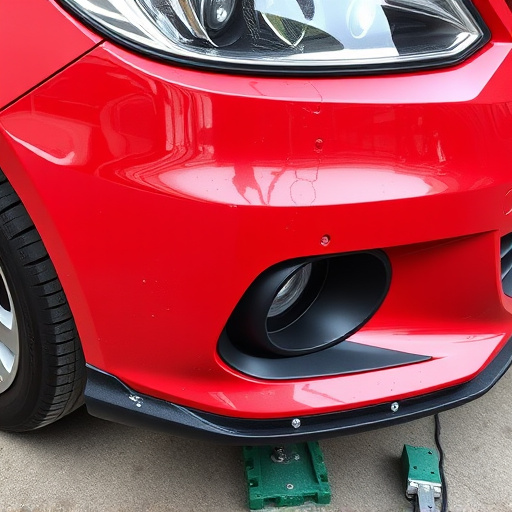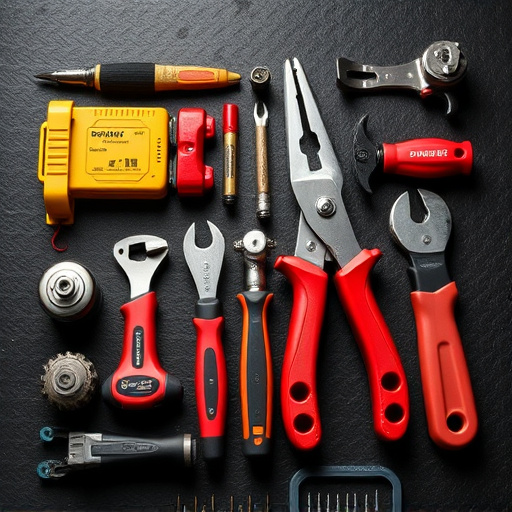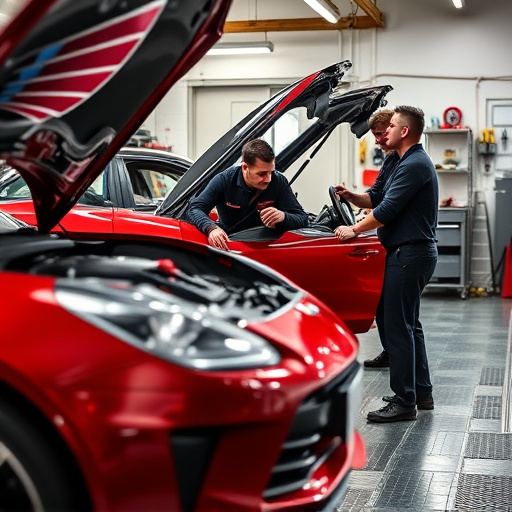Body panel insulation is a critical component in auto repair and performance, using materials like foams, composites, and thermal wraps to manage heat, reduce noise, and strengthen structures. Aftermarket options offer customization but require precise alignment, while OEM parts ensure factory-perfect fits. This technology enhances passenger comfort, improves vehicle efficiency, and is evolving with smart materials and advanced controls for future applications.
Body panel insulation is a game-changer in automotive technology, offering both structural integrity and thermal comfort. This article delves into the world of body panel insulation for aftermarket and original equipment manufacturer (OEM) applications. We’ll explore essential materials and benefits, dissecting key differences between aftermarket and OEM installations with best practices. Additionally, we examine real-world case studies and future trends, highlighting how this innovative solution enhances efficiency and passenger comfort.
- Understanding Body Panel Insulation: Materials and Benefits
- Aftermarket vs OEM: Installation Considerations and Best Practices
- Enhancing Efficiency and Comfort: Case Studies and Future Trends
Understanding Body Panel Insulation: Materials and Benefits

Body panel insulation is a crucial component in both aftermarket and original equipment manufacturer (OEM) applications, offering significant advantages for auto body repair and vehicle performance. The primary materials used in body panel insulation include lightweight foams, fiber-based composites, and specialized thermal wraps. These materials are designed to manage heat transfer, reduce noise, and enhance structural integrity.
In an auto body shop or tire services environment, understanding the benefits of body panel insulation is essential. It improves passenger comfort by mitigating road noise and interior temperature fluctuations, thereby enhancing overall vehicle experience. Moreover, for vehicle body shops dealing with aftermarket modifications, proper insulation ensures optimal performance and longevity of components, particularly in extreme environmental conditions.
Aftermarket vs OEM: Installation Considerations and Best Practices

When it comes to body panel insulation, the distinction between aftermarket and original equipment manufacturer (OEM) applications presents unique installation considerations. Aftermarket products, often sought after for their cost-effectiveness and customization options, may require additional steps for proper alignment and attachment due to variations in panel dimensions or design. On the other hand, OEM parts are designed specifically for a particular vehicle model, ensuring precise fitting and seamless integration with the car’s structure.
For scratch repair and paintless dent repair enthusiasts, understanding these nuances is vital. Aftermarket insulation may offer opportunities for creative solutions, especially when modifying vehicles or addressing unique damage scenarios. However, maintaining structural integrity and ensuring a secure fit is non-negotiable. In contrast, OEM parts guarantee a factory-like finish, streamlining the installation process but leaving less room for customization. Best practices dictate that regardless of the application, meticulous attention to detail, use of appropriate tools, and adherence to manufacturer guidelines are essential for achieving optimal results with body panel insulation.
Enhancing Efficiency and Comfort: Case Studies and Future Trends

Body panel insulation has emerged as a game-changer in both aftermarket and original equipment manufacturer (OEM) applications, significantly enhancing efficiency and comfort. Case studies from leading automotive manufacturers and repair services highlight its effectiveness in luxury vehicle repairs, where proper insulation can reduce noise levels by up to 30%, improving passenger experience. This technology is especially valuable for automotive restoration projects, ensuring that restored vehicles not only look but also feel modern and comfortable.
Looking ahead, future trends in body panel insulation suggest an increased focus on smart materials capable of adapting to environmental conditions. As the demand for energy-efficient vehicles continues to rise, these innovations will play a crucial role in maintaining optimal cabin temperatures, reducing fuel consumption, and enhancing overall vehicle performance. The integration of advanced technologies, such as thermal sensors and automated control systems, promises to take body panel insulation to new heights, setting new standards for both OEM and aftermarket applications.
Body panel insulation is a game-changer for both aftermarket and original equipment manufacturer (OEM) applications, offering enhanced efficiency, improved comfort, and reduced noise levels. By understanding the materials, benefits, and best practices for installation, professionals can significantly upgrade vehicle performance. The case studies and future trends presented in this article highlight the growing importance of body panel insulation in today’s automotive landscape, ensuring a quieter, more comfortable ride for folks across various applications.
